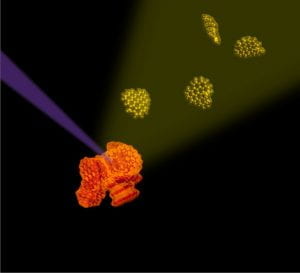By Hope A. Michelsen, Meredith B. Colket, Per-Erik Bengtsson, Andrea D’Anna, Pascale Desgroux, Brian S. Haynes, J. Houston Miller, Graham J. Nathan Heinz Pitsch, Hai Wang
This review presents a glossary and review of terminology used to describe the chemical and physical processes involved in soot formation and evolution and is intended to aid in communication within the field and across disciplines. There are large gaps in our understanding of soot formation and evolution and inconsistencies in the language used to describe the associated mechanisms. These inconsistencies lead to confusion within the field and hinder progress in addressing the gaps in our understanding. This review provides a list of definitions of terms and presents a description of their historical usage. It also addresses the inconsistencies in the use of terminology in order to dispel confusion and facilitate the advancement of our understanding of soot chemistry and particle characteristics. The intended audience includes senior and junior members of the soot, black carbon, brown carbon, and carbon black scientific communities, researchers new to the field, and scientists and engineers in associated fields with an interest in carbonaceous material production via high-temperature hydrocarbon chemistry.








